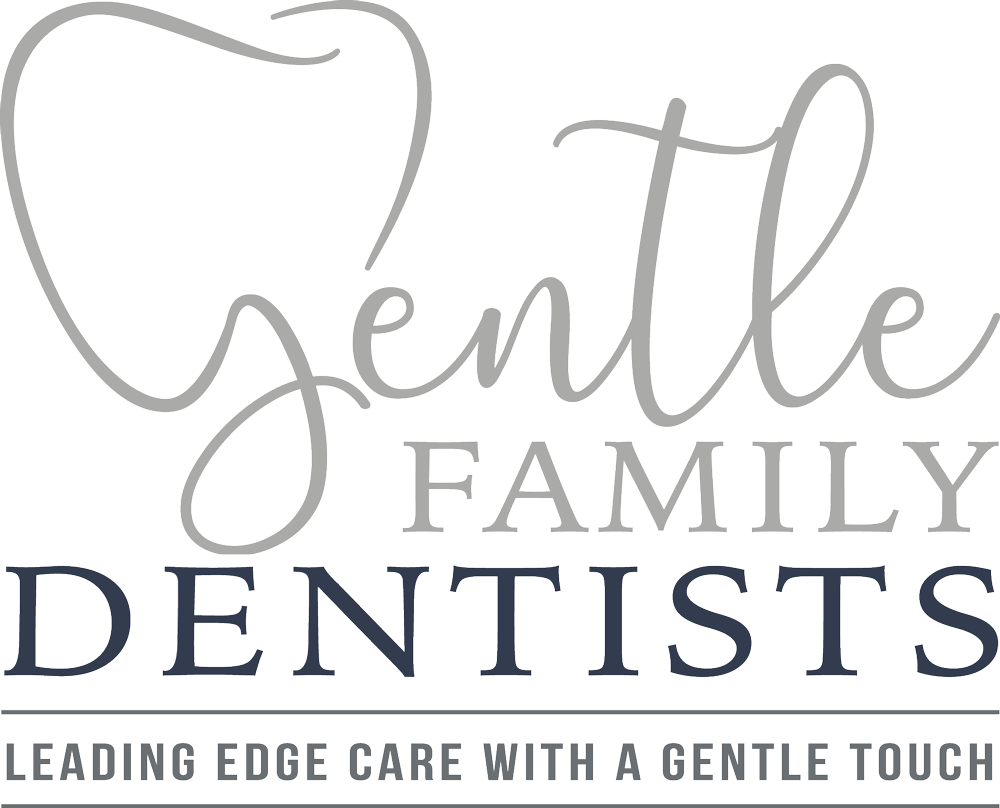Cosmetic Dentistry is NOT just one thing. Cosmetic dentistry as provided by Dr. Roberto Moreno, Dr.
Carolyn Duong, and Dr. Carol Moreno in North Liberty, West Liberty, and Muscatine can be beautiful
white fillings, white crowns, veneers, Whitening and Zoom Professional In-Office Whitening,
orthodontics- traditional and Invisalign, gingival recontouring and creating healthy gingiva and your
periodontal foundation, replacing missing teeth with implants or bridges or removable appliances and
even includes BOTOX and Dermal Fillers. Between our 3 fabulous dentists we provide all these services.
So what is the right treatment for you??? The only way to find out is to have a comprehensive dental
exam with x-rays and possibly a cone beam 3D x-ray, oral cancer exam, periodontal exam, occlusal
exam, Temporal mandibular joint exam, and to check for cavities, cracks and so much more.
Is whitening right for you? You will need the comprehensive exam to determine that. Fillings and
crowns will not whiten.
If your teeth are stained, dull or darkened, there’s a good chance whitening can solve
the problem. Whitening is the most common cosmetic dentistry procedure available –
it’s simple and fairly inexpensive, and the results can be incredibly dramatic. It’s
amazing what a difference a bright, white smile can make in your appearance. Not only
will you look more attractive, you’ll also look years younger!
Most people’s teeth start out fairly white. But as they get older, they start to discolor as
food, age and wear and tear wear the surface enamel down. This lets the underlying
dentin, which is yellow, show through – which is why teeth tend to look more yellow as
we get older.
Less enamel doesn’t just make teeth look less white, it also makes them more
vulnerable to things that actually change their color — staining from food and drinks like
red wine, coffee and berries, and habits like smoking.
Teeth can also be discolored through “intrinsic staining,” which comes from the inside
and is caused by exposure to drugs or too much fluoride. This type of staining is more
difficult to treat with surface whitening – but it can be treated with veneers, which I’ll
get to a little later.
Once you’ve decided to whiten your teeth, there are a few different options to consider.
In-office Whitening
Imagine walking into your dentist’s office with dull, dingy teeth, and walking out with a
bright, dazzling, head-turning smile. In-office whitening treatments can make it happen.
These quick treatments can do an amazing amount in a short amount of time – often
only a single office visit.
During treatment, your dentist or a trained assistant will apply a highly concentrated
peroxide bleaching gel to the surface of your teeth. The gel will usually stay on your
teeth for a few periods of 15-20 minutes, adding up to an hour or less.
Your dentist or assistant may also use a high intensity light to activate and warm the gel,
which makes the bleaching solution stronger and more effective.
If your teeth are extremely stained, you may need to return for a follow-up visit. Your
dentist might also prescribe a professional take-home whitening system to boost the
effects – or just to help them last longer and let you do “touch up” treatments at home.
The peroxide used for in-office whitening is strong, so your teeth may be sensitive after
treatment. This usually goes away in a day or two, but you may want to avoid extremely
cold or hot foods immediately after your treatment. This treatment costs about twice
as much as the take-home treatments.
Professional take-home treatments
We feel professional at home whitening are the best choice. It is also much gentler,
making it a better option if your teeth are sensitive. It has the highest patient
satisfaction of all whitening options. Not only is it gentler, you have the option of giving
yourself an at home whitening boost anytime at little to no additional cost. It is also
costs about half the price of the one visit in-office whitening.
Your dentist will give you custom-fitted whitening trays to take home, along with a
prescription gel that uses a lower concentration of peroxide than the “in office” variety.
You’ll be shown how to fill the trays with gel, how to insert them, and how long you
need to wear them. Depending on the strength of the gel, this can vary from 20 – 30
minutes once or twice a day for about 2 weeks.
Your teeth will whiten gradually, but the results will be very long-lasting. You can also
use the custom-fitted trays to do touch up treatments whenever you need them.
Over-the-counter whitening
If you’re interested in whitening your teeth, you’ve probably seen teeth-whitening kits
and devices at your local drug store.
Maybe you’ve even tried one.
If you have, you probably already know — over-the-counter whitening is much less
effective than the methods listed above. The whitening products have a much lower
concentration of peroxide, and some are designed to whiten just the front teeth while
ignoring the ones in the back. The effects are usually fairly minimal and don’t last long.
Also, if your teeth are not perfectly straight, you can end with white stripes vs the entire
tooth getting whitened.
And while they may seem like a more inexpensive option than in-office whitening, they
can wind up being fairly expensive because you’ll need to buy a lot of them and buy
them more often to see any lasting results.
Whitening Toothpaste
Basically, all toothpaste is actually whitening toothpaste – because it all removes stains
from your teeth. The word “whitening” can legally be used to refer to any treatment
that makes teeth look whiter, which is why so many toothpastes claim to be “whitening”
toothpaste, even if they don’t contain any peroxide at all.
This is also why whitening toothpaste is the least-effective form of whitening. If you
want to brighten your smile, toothpaste alone just isn’t going to do the job.
Keeping your whitened teeth white
After you have done your take home professional whitening treatment, you’ll probably
notice your teeth are several shades whiter. Unfortunately, they won’t stay quite as
bright if you don’t do some work to keep them that way! Of course that means regular
dental care – brushing, flossing and coming in for regular cleanings and exams.
But if you can stand to skip your morning coffee or that evening glass (or two) of
cabernet, you may want to avoid dark-colored foods and drinks. At least during the first
week or so.
You will be given a “maintenance” or follow-up whitening plan. Your dentist will guide you
on how often you will want to do maintenance (touch ups) to keep your new smile bright
and beautiful.

